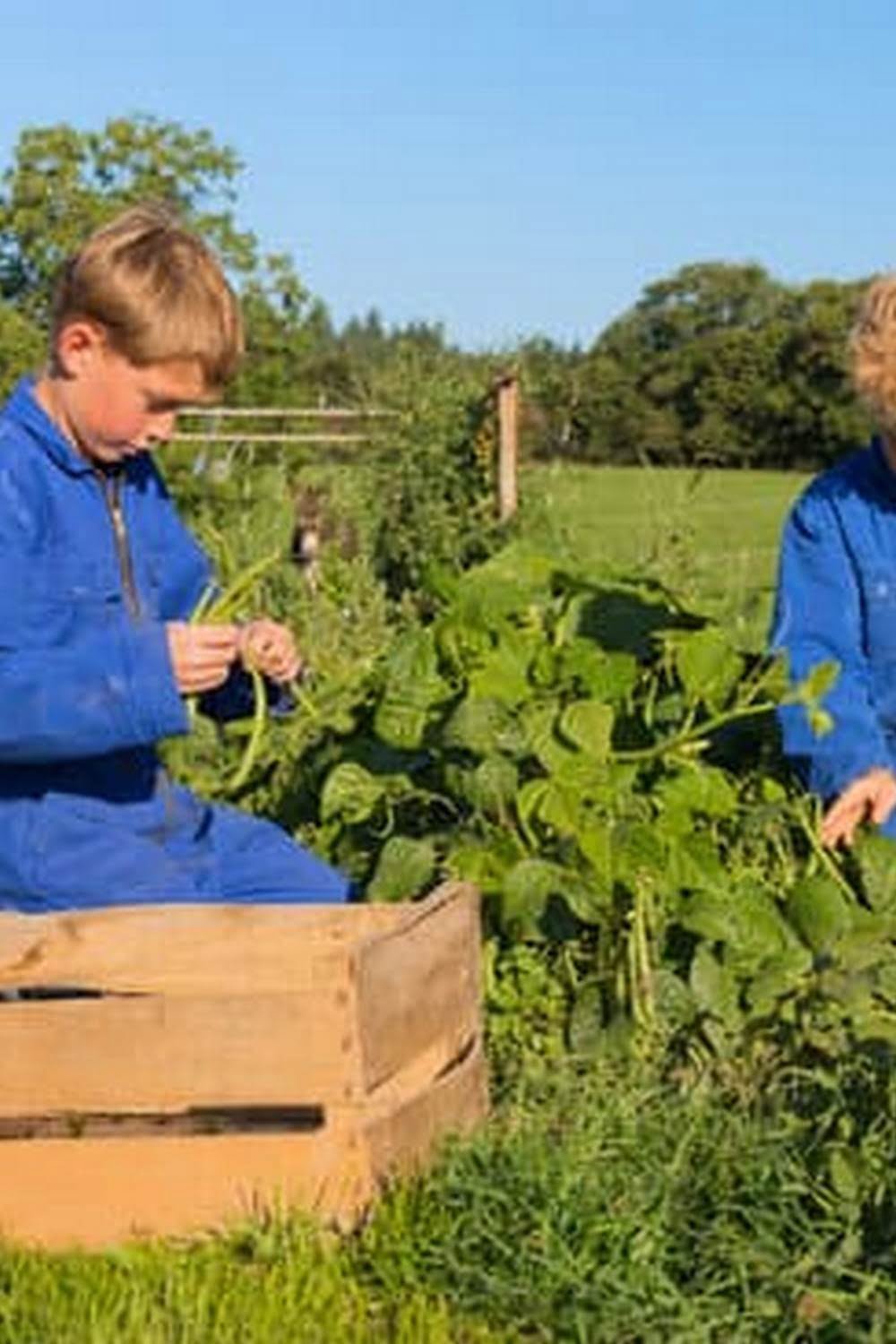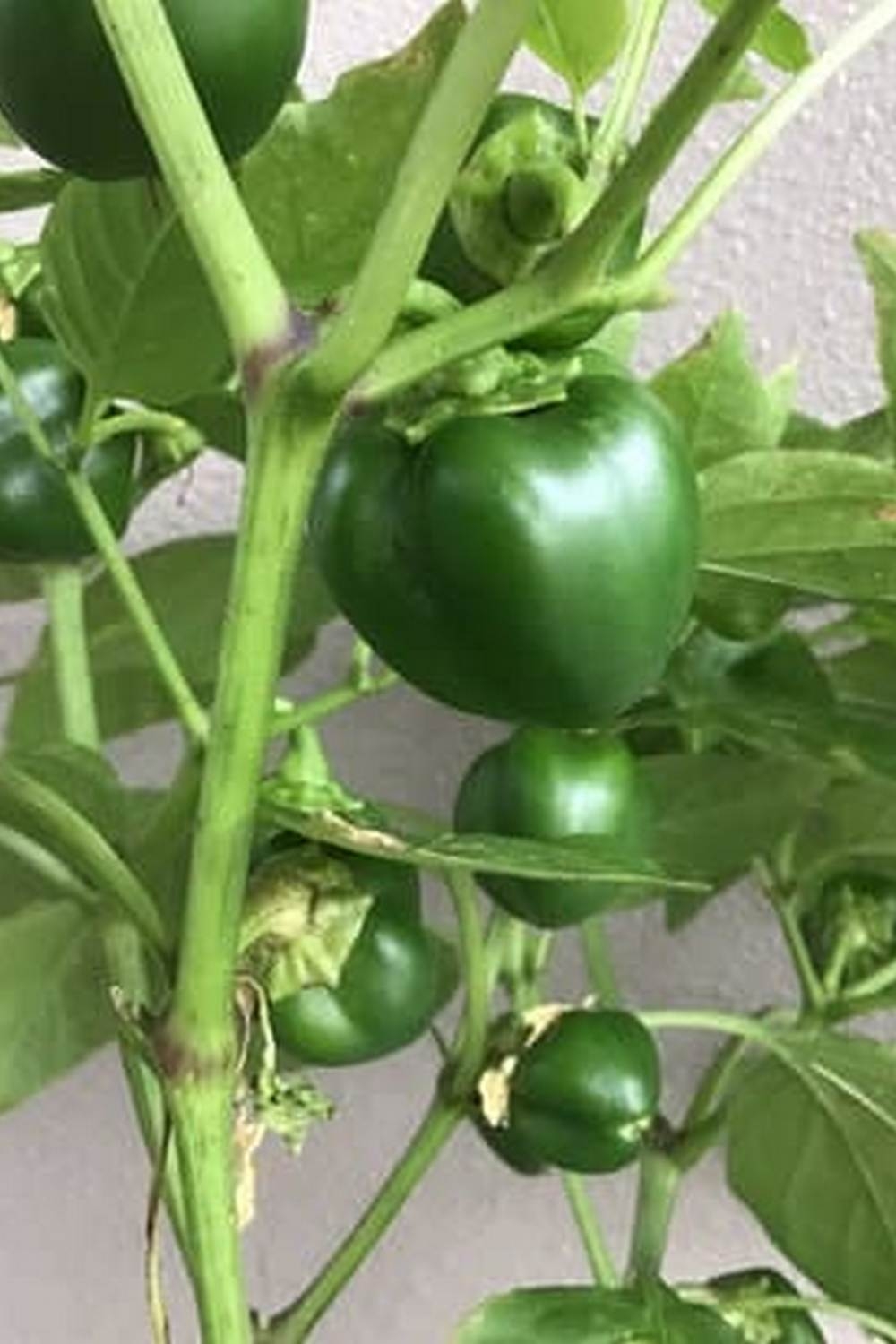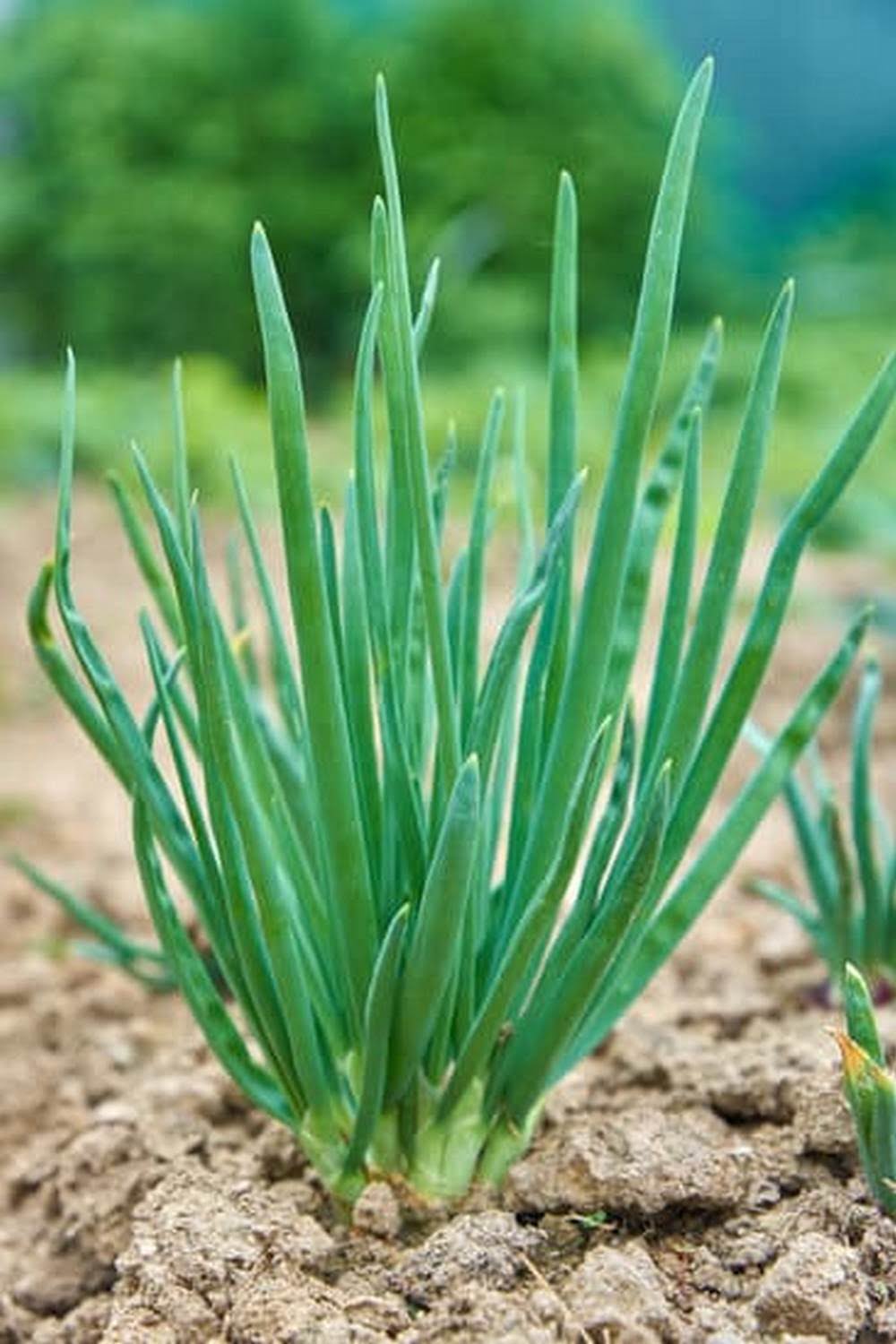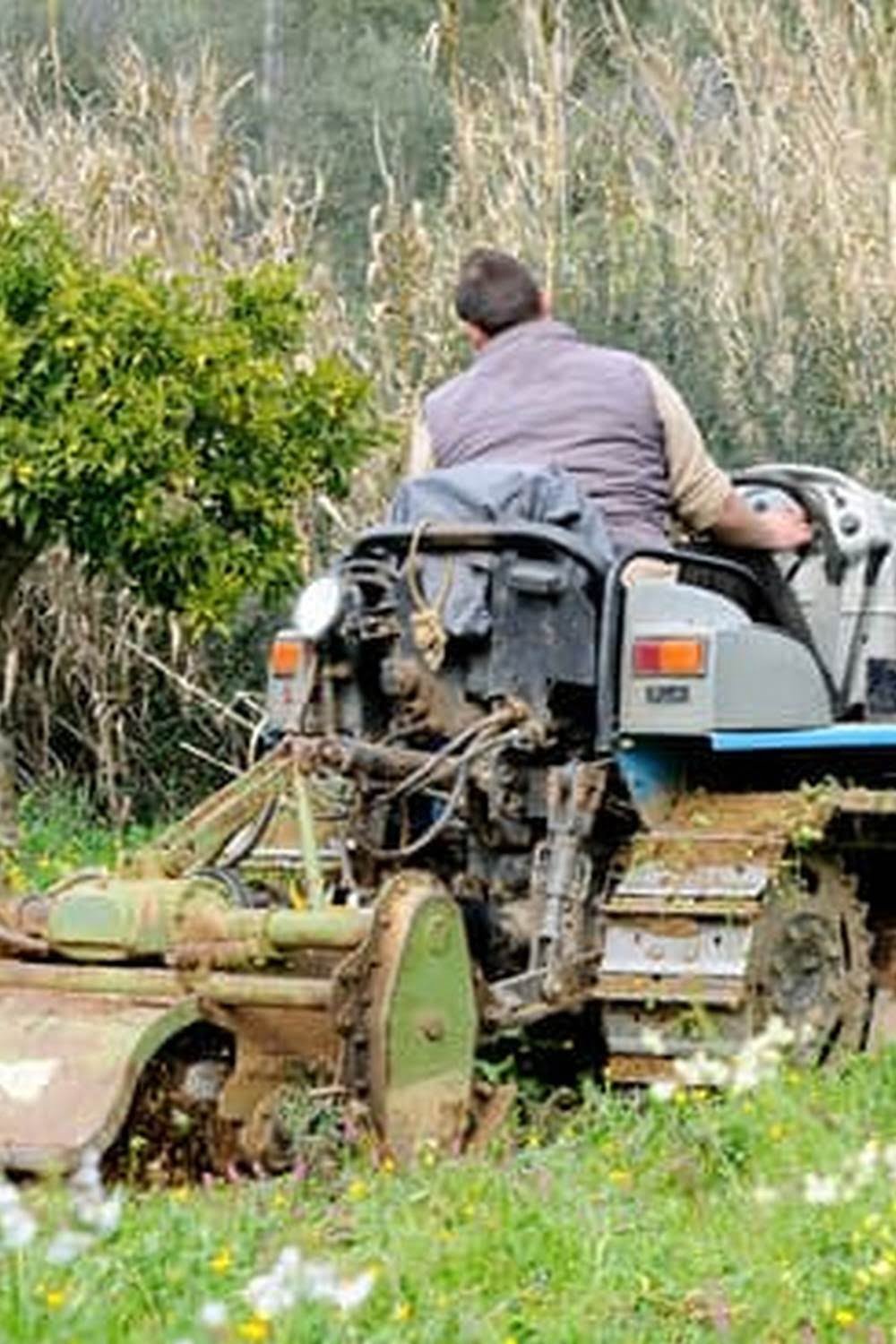How To Prepare Soil For Raised Vegetable Garden
Beds
If you’re like most people, you probably think that all soil is created equal. But the fact is, different soils have different properties, and some are better suited for growing vegetables than others.
Most gardeners start with soil that’s already been amended with organic matter, but if you’re creating raised beds, you’ll need to prepare the soil yourself. The good news is that it’s not difficult to do, and the results will be well worth the effort.
To prepare soil for a raised vegetable garden bed, you’ll need to:
1. Remove any large rocks or clumps of clay.
2. Add organic matter, such as compost, aged manure, or leaf mold.
3. Mix in a small amount of sand, if needed.
4. Amend the soil with a balanced fertilizer.
5. Test the pH and adjust if necessary.
Removing Rocks And Clumps
The first step is to remove any large rocks or clumps of clay. This can be done with a hoe or a shovel, and it’s a good idea to do it before adding any organic matter, so that it’s easier to mix in.
Adding Organic Matter
The second step is to add organic matter. This is what will give your soil the nutrients and structure it needs to support healthy plant growth. Organic matter can be added in the form of compost, aged manure, or leaf mold.
Compost is a good choice because it’s a source of both nutrients and organic matter. It can be added in bulk, or you can mix it in with the soil using a shovel or tiller. Aged manure is also a good choice, but it can be a bit strong for some plants, so you may want to dilute it with water before adding it to the soil.
Leaf mold is made from leaves that have been shredded and allowed to decompose. It’s a good choice for adding organic matter to heavy soils. You can add it to the soil in bulk, or you can mix it in using a shovel or tiller.
If you’re adding organic matter in the form of compost, aged manure, or leaf mold, be sure to mix it in well. You can use a shovel or tiller, but a better way to do it is to use a garden fork. Just poke the fork into the soil and give it a few good shakes. This will mix the organic matter in with the soil and help to break up any clumps.
Adding Sand
If the soil is heavy and doesn’t drain well, you may want to add a small amount of sand. This will help to improve the drainage and make it easier for the water to penetrate the soil.
Amending The Soil
The next step is to amend the soil with a balanced fertilizer. A balanced fertilizer contains equal amounts of nitrogen, phosphorus, and potassium. You can buy a balanced fertilizer at a garden center, or you can make your own by mixing three parts kelp meal, one part bone meal, and one part blood meal.
If you’re using a balanced fertilizer, add it at the rate of one cup for every five square feet. If you’re making your own fertilizer, add one tablespoon for every five square feet. Mix the fertilizer in with the soil using a shovel or tiller.
Testing The pH
The last step is to test the pH and adjust it if necessary. The pH of the soil is important because it affects the availability of the nutrients in the soil. Most vegetables prefer a soil pH of 6.5 to 7.0.
You can test the pH of the soil with a soil test kit, or you can use a pH meter. If the pH is not within the desired range, you can adjust it by adding lime or sulfur.
Once you’ve amended the soil and adjusted the pH, it’s ready for planting. Just spread it out in your raised bed and level it off. Then, add some compost and topsoil, and you’re ready to go.
Cedar Raised Vegetable Garden Beds
help you to garden more efficiently by improving drainage, soil aeration, and soil fertility. In addition, cedar is a natural insect repellent, so it helps to keep pests away from your plants.
The boards used to create the sides of the garden bed should be placed parallel to each other, and the gaps between the boards should be filled with soil. This will create a raised bed that is approximately 8-10 inches high. The soil in a raised bed warms up faster in the spring, and it also drains better than regular garden soil.
To make a cedar raised bed, you will need:
– Cedar boards, 2×6 or 2×8
– Drill
– Saw
– Level
– Tape measure
– Square
– Hammer
– Nails or screws
– Soil
Diy Raised Vegetable Garden Supply List
Building a raised vegetable garden is a great way to improve your gardening experience. Not only does a raised garden bed provide excellent drainage and prevent soil compaction, but it can also be customized to fit any space you have available. If you’re looking to build your own raised garden bed, here’s a list of supplies you’ll need:
-Shovel
-Rake
-Tape measure
-Hammer
-Paint or a sealant (optional)
-4×4 lumber (at least 8 feet long)
-16d nails
-Level
-Circular saw
-Drill
-1 inch hole saw
-Stakes
-Wire mesh
-Soil
1. Decide on the size and shape of your raised garden bed. Most raised garden beds are either square or rectangular, but you can customize it to fit any space you have available.
2. Cut the lumber to size. If you’re building a square or rectangular raised garden bed, you’ll need four 4×4 lumber pieces, each 8 feet long.
3. Nail the lumber together to form the frame of your raised garden bed. Make sure the frame is level before you continue.
4. Drill 1 inch holes in the lumber frame, spacing them about 6-8 inches apart. These will be used to hold the wire mesh in place.
5. Cut the wire mesh to size and fit it into the frame, using the drilled holes to secure it in place.
6. Add soil to the raised garden bed, filling it up to about 2-3 inches below the top of the frame.
7. Stake the corners of the raised garden bed to keep it in place.
8. Optionally, you can paint or seal the lumber frame to protect it from the elements.
Raised Bed Vegetable Garden Soil Recipe
Good soil is essential for any garden, but it’s especially important for raised bed vegetable gardens. The soil in a raised bed warms up faster in the spring, which means you can get a jump on the growing season. And, because the soil is elevated, it’s easier to work with and less likely to become compacted.
But what makes a good raised bed garden soil? There are lots of recipes out there, but here is one that has worked well for me.
1 part compost
1 part peat moss
1 part sand
1 part perlite
1 part vermiculite
Mix all of the ingredients together and store in a sealed container until ready to use.
This recipe will create a light, fluffy soil that is rich in organic matter. It is also well-drained and pH-neutral, which is perfect for raised bed vegetable gardens.
How To Make A Small Raised Vegetable Garden
In order to make a small raised vegetable garden, you will need:
– a shovel
– a level
– a tape measure
– a hammer
– nails
– a saw
– wood
– soil
1. Decide on the size and shape of your garden. Use a shovel to dig the outline of your garden into the soil. Make sure the ground is level, using a level to help you.
2. Cut the wood to size using a saw. Make sure the wood is the same height as the surrounding ground, so your garden will be level.
3. Place the wood in the shape of your garden, and use nails to secure it to the ground.
4. Fill the garden with soil, and plant your vegetables.
5. Water and fertilize your vegetables as needed.

If you’re looking to get into vegetable gardening, or are just looking for some tips on how to make your current garden better, then you’ve come to the right place! My name is Ethel and I have been gardening for years. In this blog, I’m going to share with you some of my best tips on how to create a successful vegetable garden.





